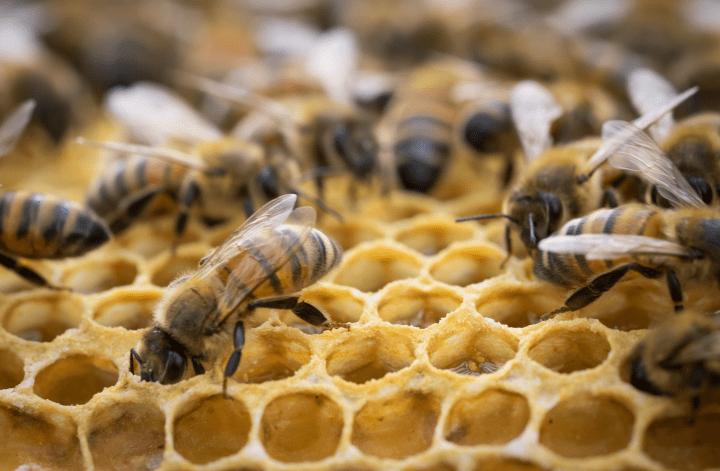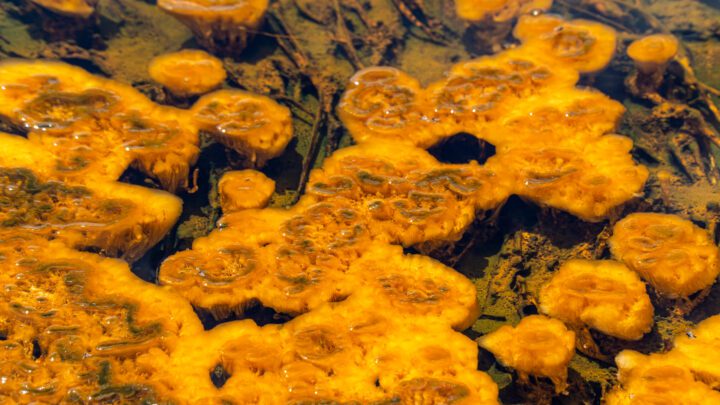The large ears of the jackrabbit are used in cooling, radiating heat via an extensive network of blood vessels.
Introduction
Jackrabbits live in the desert where they’re exposed to extremely hot daytime temperatures, but these animals are able to stay cool by releasing excess heat from their oversized ears.
The Strategy
The jackrabbit’s large ears provide an expansive surface area of exposed skin loaded with blood vessels. When the surrounding air temperature is slightly below body temperature, as when it retreats from hot desert sun into shade, the blood vessels in the outer part of its ears widen in a process called vasodilation. This results in greater circulation of warm blood from the body’s core to the jackrabbit’s ears, where heat is lost to the cooler surrounding air.
This cooling mechanism based on blood circulation helps to prevent overheating and maintain the jackrabbit’s body temperature within set boundaries. It’s also an important water conservation technique given the jackrabbit’s arid habitat, as it reduces the need for evaporative cooling mechanisms, such as panting or sweating, which involve the loss of water. At air temperatures around 86° Fahrenheit (30° Celsius), convection from the jackrabbit’s ears can shed all of the animal’s excess heat.

Jackrabbits spend most of their time slowly munching grasses and other plants in very open environments. Their cooling ears provide a break from the heat in these areas without much shade.
The Potential
Jackrabbit ears, like all heat exchangers, depend on surface area. However, most industrial equipment is built from rigid metals that can’t “vasodilate.” By increasing the diameter of its blood vessels, the jackrabbit effectively increases the surface area over which heat exchange can occur. This could result in more dynamic heat exchanger designs that adapt to improve overall efficiency. In a way, jackrabbits are using their ears as temperature sinks. Imagine homes or other buildings with surfaces that absorbed heat during the day and then retracted inside the home to help warm it during cooler nighttime temperatures.
This summary was contributed by Ashley Meyers.










